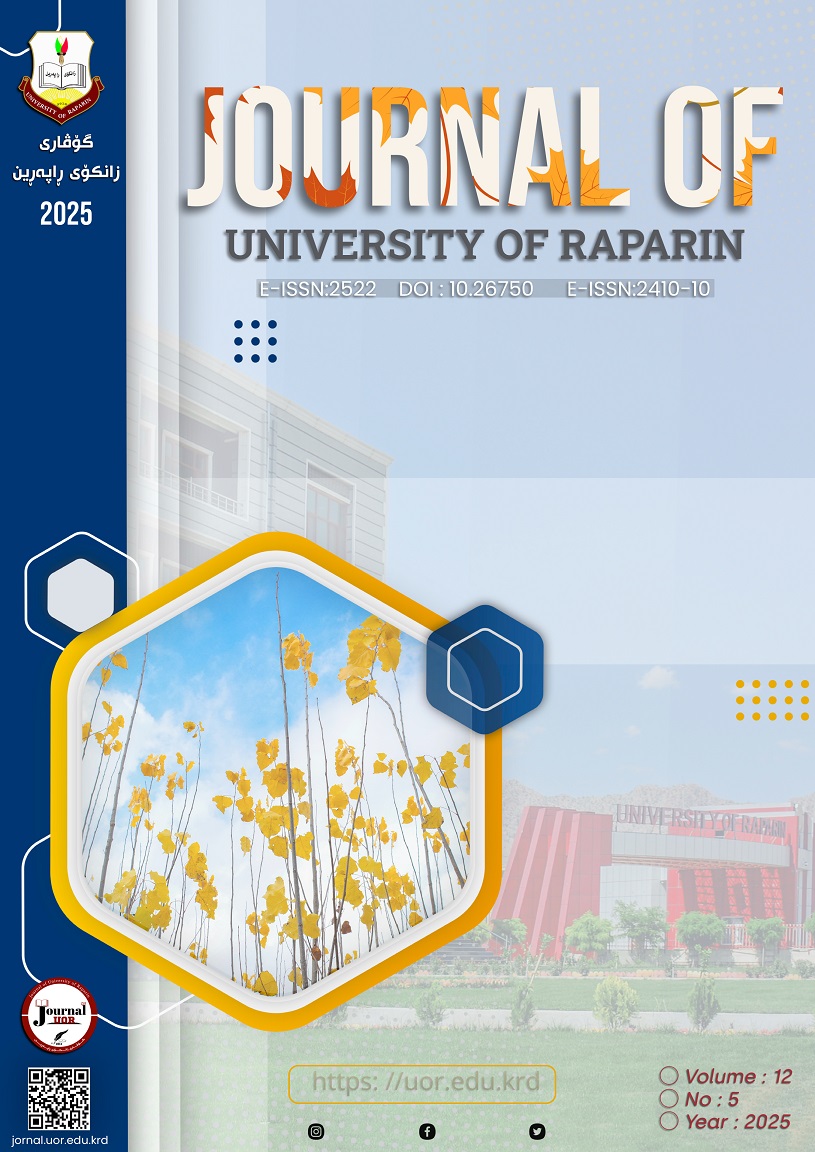الملخص
This research which is entitled (Tagmemic Theory), Tagmemic is a Theory of language developed by American Linguist “Kenneth L. Pike” in the beginning of 1950. It is a Functionalist approach to language analysis that views Language as a system of interrelated parts, or Tagmemes. A Tagmeme is a unit of Language that Consist of two parts: a (Slot) and (Fillers). The Slot is the Function that the Tagmeme fills in a larger unit of Language, such as a Sentence or Paragraph.
This theory is based on certain assumptions and principles, chief among which is the assumption that language is an integral part of man's total behavior, Language occurs in context.
The filler is the specific form that can occupy the slot, such as a noun, verb, or phrase. Tagmemics is a Hierarchical Theory meaning that tagmemes can be combined to form larger Tagmemes, and it consists of units within units. Smaller units are contained in larger ones in hierarchical levels.
for example a noun phrase, which is a Tagmeme itself, can fill the Slot of Subject in a sentence, which is a larger Tagmeme. Tagmemics is a powerful tool for analyzing language because it can be used to describe the structure of languages of all types, from simple to complex.
المراجع
رهحمان ئیسماعیل(1998)، پهیڕهوی فۆنیمه ناكهرتییهكان له كوردیدا، نامهی دكتۆرا، كۆلیژی پهروهرده-ئیبن ڕوشد-زانكۆی بهغدا.
صباح رشید قادر(2016)، تیۆری چێوهڕێژهكان، زانكۆی ڕاپهڕین، ژ7ی گۆڤاری زانكۆی ڕاپهڕین.
حازم كمال الدین(1973)، نظرية القوالب من النظريات علم اللغة الحديثة, قاهرة.
Bloomfield, L. (1938), Language, New York: Holt.
Cook, W.A. (1969), Introduction to Tagmemic Analysis, Volume 3 in Transatlantic Series in Linguistics. New York: Holt, Rinehart and Winston.
Elson, B. and Pickett, V. (1962), An Introduction to Morphology and Syntax, Summer Institute of Linguistics, Santa Ana, California.
Longacre, R.E. (1965), "Some fundamental insights of tagmemics", Language, 41, pp. 65–76.
Longacre, R.E. (1985), Tagmemics, Summer Institute, Volume 36, number 2 (August 1985).
Longacre, R.E. (1964), Grammar Discovery Procedures: A Field Manual, The Hague: Wilton.
Muqit, A. (2012). Tagmemics: An Introduction to Tagmemics Concepts. OKARA, 7(1).
Pike, K.L. (1912), Linguistic Concepts: An Introduction to Tagmemics, University of Nebraska.
Pike, K.L. (1981), Tagmemics, Discourse and Verbal Art, Michigan Studies in the Humanities.
Pike, K.L. and Pike, E.G. (1980), Grammatical Analysis, Summer Institute of Linguistics.
Pike, K.L. (1967), Language in Relation to a Unified Theory of the Structure of Human Behavior, University of Michigan, Second, Revised Edition, Mouton & CO. the Hague · Paris, Vol32.
Robins, R.H. (1989), General Linguistics: An Introduction Survey, Fourth Edition, London and New York.
Shehdeh, I. F. (1987). Paragraph Structure in Arabic and English Expository Discourse. University of Kansas.

هذا العمل مرخص بموجب Creative Commons Attribution-NonCommercial-NoDerivatives 4.0 International License.
الحقوق الفكرية (c) 2025 Journal of University of Raparin

